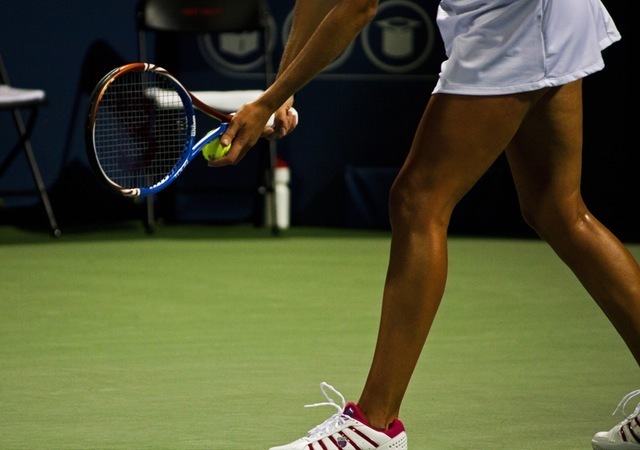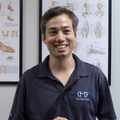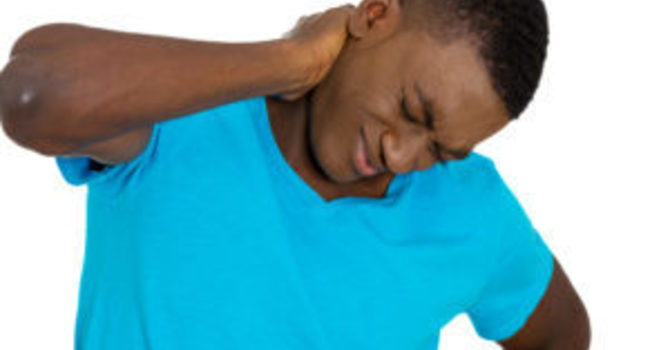
Tennis elbow and golfer’s elbow are common overuse injuries, affecting the muscles and tendons of the elbow. However, despite their name, these conditions tend to occur more in non-athletes than athletes. So, even though you don’t have to play sports to have this type of elbow pain, here are the  sports associated with tennis elbow and golfer’s elbow:
sports associated with tennis elbow and golfer’s elbow:
- Racquet sports
- Club/Bat sports
- Javelin
- Baseball (little league and pitcher’s elbow are grouped with golfer’s elbow)
- Squash
- Swimming
- Weightlifting
Location differences
Tennis elbow and golfer’s elbow are also known as lateral and medial epicondylitis, respectively. The pain of tennis elbow is located on the outside bony portion of the elbow, primarily with some pain experienced down in the forearm. Golfer’s elbow is similar in presentation, except that it affects the bony inside (medial) portion of the elbow.
Early Detection
These conditions may seem harmless at first, but will interrupt activities at work, sport, and daily life significantly if allowed to progress. Early detection allows for early resolution. Knowing these 7 progressive phases (Kaushaar and Nirschl 1999) can help you address it before it gets worse:
- Stiffness and mild soreness after activity which resolves within 24 hours
- Stiffness and mild soreness after exercise which lasts more than 48 hours, relieves during warm up exercises, is not felt during activity, and relieves after 72 hours once the activity is finished
- Stiffness and mild soreness before activity, partially relieved with warm up exercises, mild pain during activity that does not prevent participation, minor adjustments in technique, duration, and intensity of activity are noted
- Pain is more intense than phase 3, produces changes in performance of a specific sport or work-related activity, mild pain noted in daily activities, may be indicative of tendon damage
- Moderate to severe pain before during and after activity, greatly alters or prevents performance of the activity, pain accompanies but does not prevent activities of daily living, complete rest controls the pain
- Similar to phase 5 but complete rest no longer controls the pain, and the pain even prevents the performance of activities of daily living
- Pain is consistent, and is an aching pain which intensifies with activity, and regularly interrupts sleep
Why should Corticosteroid Injections for Tennis Elbow and Golfer’s Elbow be avoided?
- Initially, it was believed that inflammation was a big part of tennis elbow and golfer’s elbow; however, this has been disproven. The damage to the tendons is absent of inflammation in these cases. Therefore, anti-inflammatory and corticosteroid medication have proven to be ineffective treatments.
- Corticosteroids can further degrade the already injured tendon.
- There’s a 63% higher risk of recurrence with only one injection within a 12 month period. (Coombes 2010)
If you’re interested in our effective, non-invasive approach to treating tennis and golfer’s elbow, give us a call today to schedule your first appointment (561) 318-8070.
References:
Coombes, Brooke K., Leanne Bisset, and Bill Vicenzino. “Efficacy and Safety of Corticosteroid Injections and Other Injections for Management of Tendinopathy: A Systematic Review of Randomised Controlled Trials.” The Lancet 376.9754 (2010): 1751-767.
Järvinen, Tero A.h., Pekka Kannus, Nicola Maffulli, and Karim M. Khan. “Achilles Tendon Disorders: Etiology and Epidemiology.”Foot and Ankle Clinics 10.2 (2005): 255-66. Web.
Kraushaar, Barry, Nirsch, Robert. “Current Concepts Review: Tendinosis of the Elbow (Tennis Elbow).” Journal of Bone and Joint Surgery 1999. 81: 259-278.
Millar, N. L., G. A. C. Murrell, and I. B. Mcinnes. “Alarmins in Tendinopathy: Unravelling New Mechanisms in a Common Disease.”Rheumatology52.5 (2013): 769-79. Web.
Rees, J. D., G. A. Lichtwark, R. L. Wolman, and A. M. Wilson. “The Mechanism for Efficacy of Eccentric Loading in Achilles Tendon Injury; an in Vivo Study in Humans.” Rheumatology 47.10 (2008): 1493-497. Web.
Riley, G. “The Pathogenesis of Tendinopathy. A Molecular Perspective.”Rheumatology (2003): 131-42. Print.
©CenterForMusculoskeletalFunction2017





